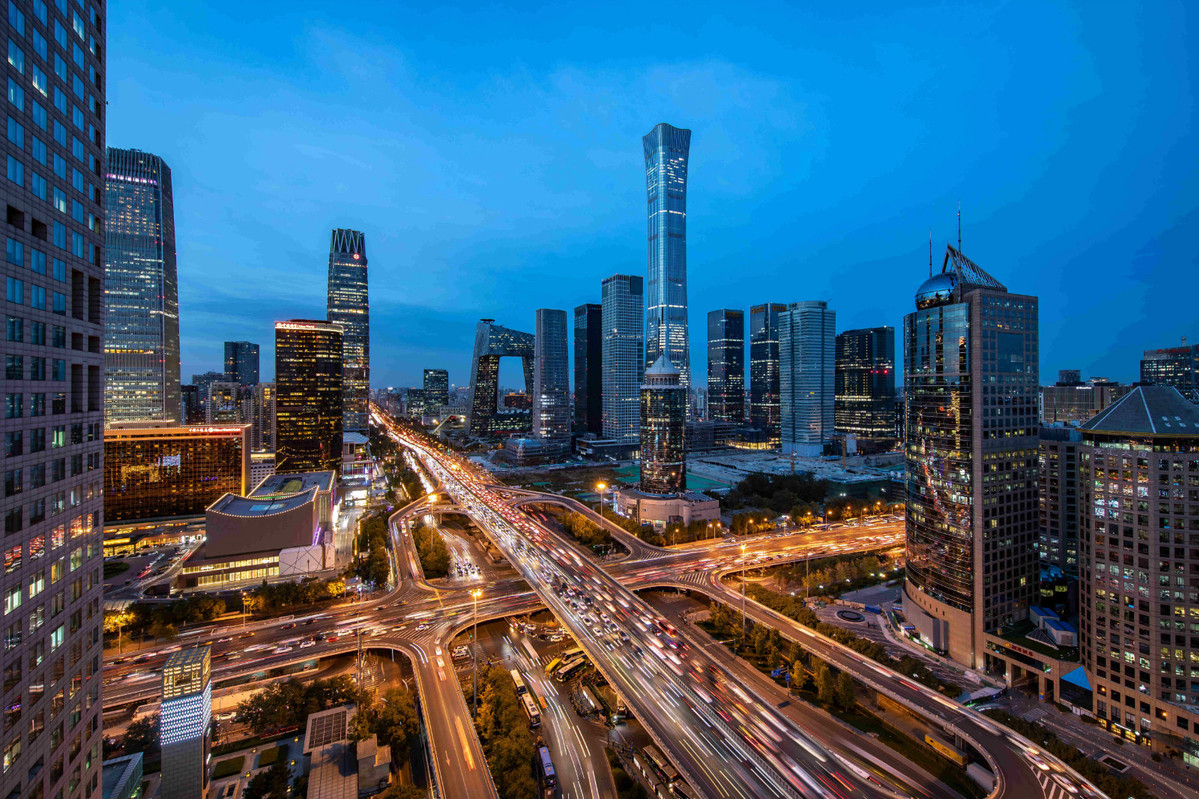World Bank: China's economy to grow at 8.5% following pent-up demand


China's economic growth is expected to accelerate to 8.5 percent this year, faster than projected in January, supported by buoyant exports and release of pent-up demand amid effective control of the COVID-19 outbreak, the World Bank said in a report on Tuesday.
In addition to China, the strong rebounds from a few major economies, including the United States whose growth is projected at 6.8 percent, will propel the global economy to expand by 5.6 percent this year, the fastest post-recession pace in 80 years, according to the 2021 Global Economic Prospects.
"China is going to grow around eight and a half percent, given the size of the economy, that's a quite an impressive number," said Ayhan Kose, director of the World Bank's Prospects Group.
That growth rate represents an upward revision of 0.6 percentage point from the World Bank's January projections, which it attributes largely to expectations of stronger foreign demand.
The World Bank's sister institution, the International Monetary Fund, predicted in early April China's economy to grow at 8.4 percent this year, which is 0.3 percentage point stronger than in its January forecast.
In its analysis, the World Bank noted that COVID-19 infections remain low in China and the recovery has broadened from public investment to consumption.
It said China's goods export growth has been strong, and goods import growth has accelerated, helped by recovering domestic demand.
Chinese customs data released on Monday showed China's total imports and exports in the first five months of the year increased by 28 percent from a year earlier, reflecting an upward momentum in trade amid steady economic operation and external demand.
The authorities have recently started to shift policy efforts away from supporting activity and toward addressing financial stability risks by reducing net liquidity provision, the World Bank said.
It predicts China's growth to moderate to 5.4 percent next year, reflecting diminishing fiscal and monetary support and tighter property and macroprudential regulations.
As the only country in East Asia and Pacific whose output surpasses pre-pandemic levels, how China fares will have a bearing on the development picture of the region.
On a whole, growth in East Asia and Pacific is projected to rise to 7.7 percent in 2021, largely reflecting a strong rebound in China. Nevertheless, output in two-thirds of the countries in the region will remain below pre-pandemic levels until 2022, according to the World Bank.
The regional recovery is expected to moderate next year as China's growth is forecast to edge down toward its potential rate, noted the global lender.
"I talked about growth in emerging market economies around 6 percent; that number looks pretty strong. But if you take out China, the number goes down to close to 4 (percent), and for low income countries, growth number is going to be less than 3 percent," Kose said in an online interview.
However, the World Bank cautioned that following this year's cyclical rebound, China's economy is projected to slow over the medium term, reflecting the legacies of excessive borrowing as well as structural trends, including declining labor supply and softening productivity growth.
To bolster potential growth, China needs to pursue structural reforms that boost market-based resource allocation toward more productive activities, it said.
Globally, recovery is strong but uneven, with many emerging market and developing economies continuing to struggle with the COVID-19 pandemic and its aftermath, the World Bank said in a press release.
The US is going to deliver a record 6.8 percent growth rate, the fastest pace since mid-1980s, according to the release.
Global output will be about 2 percent below pre-pandemic projections by the end of this year, and per capita income losses will not be unwound by 2022 for about two-thirds of emerging market and developing economies, according to the World Bank report.
"While there are welcome signs of global recovery, the pandemic continues to inflict poverty and inequality on people in developing countries around the world," said World Bank Group President David Malpass.
First and foremost, expanding vaccine distribution and deployment, especially to developing countries, is a precondition to economic recovery, Malpass said.
"Globally coordinated efforts are essential to accelerate vaccine distribution and debt relief, particularly for low-income countries. As the health crisis eases, policymakers will need to address the pandemic's lasting effects and take steps to spur green, resilient, and inclusive growth while safeguarding macroeconomic stability," he said.




































